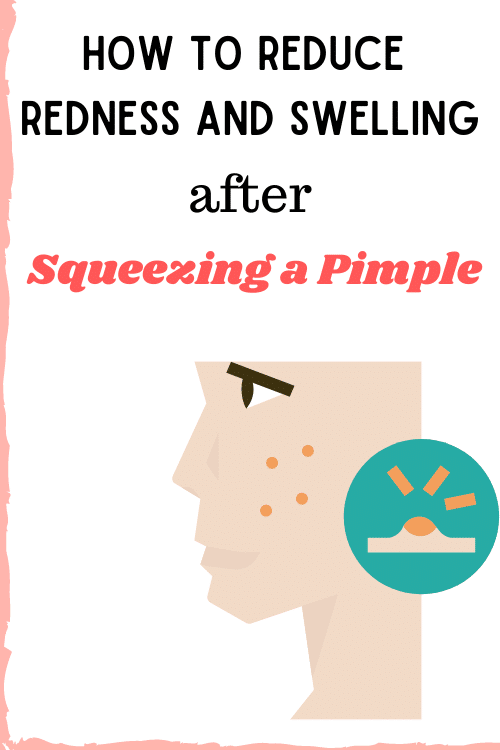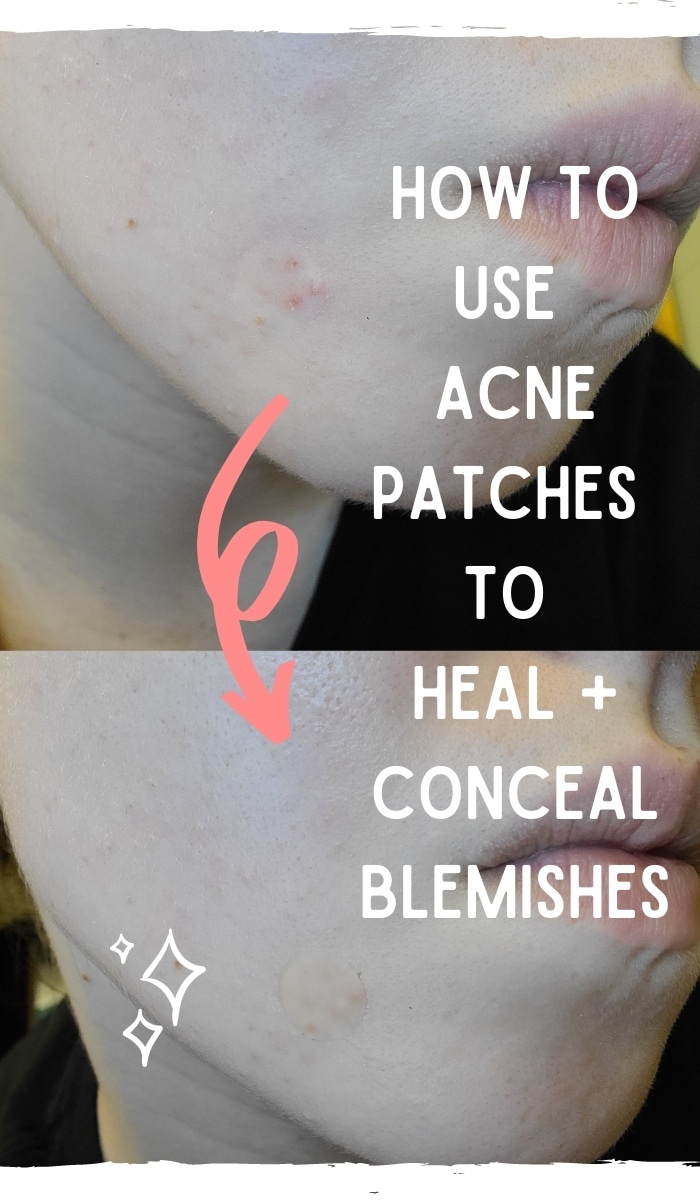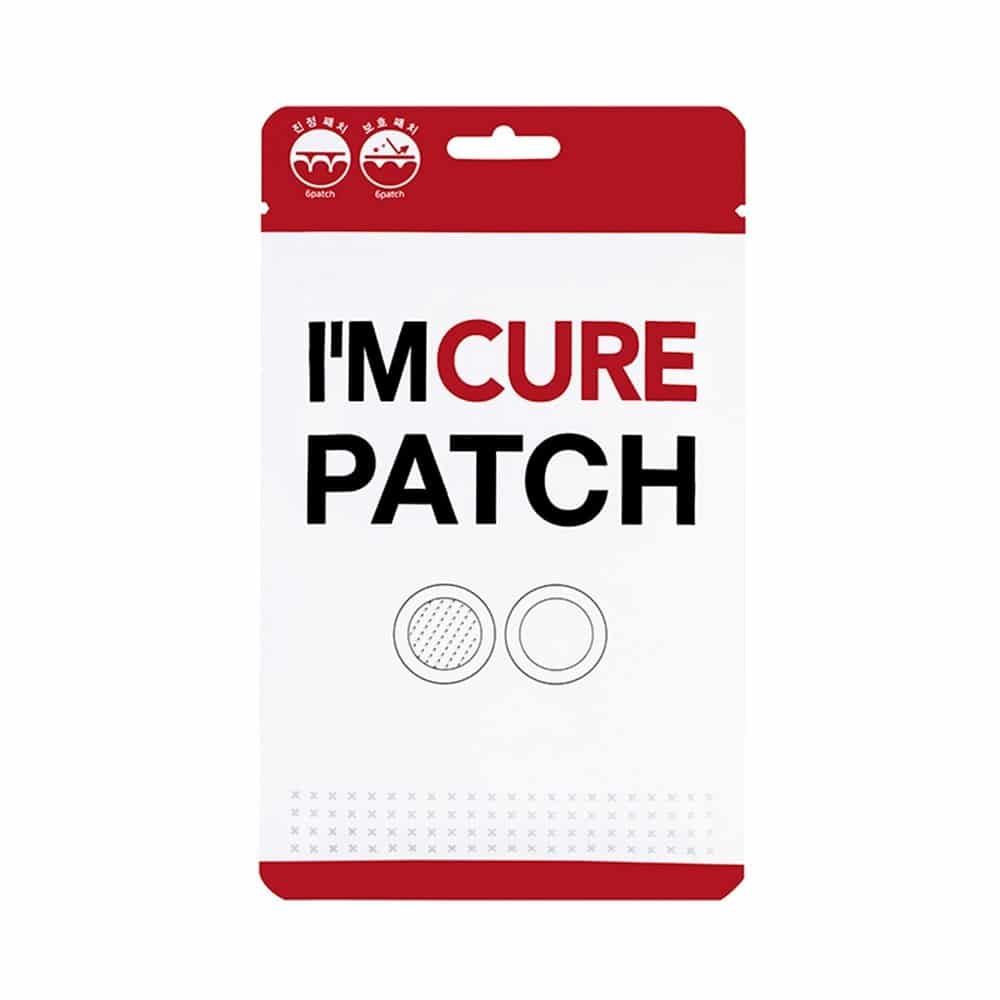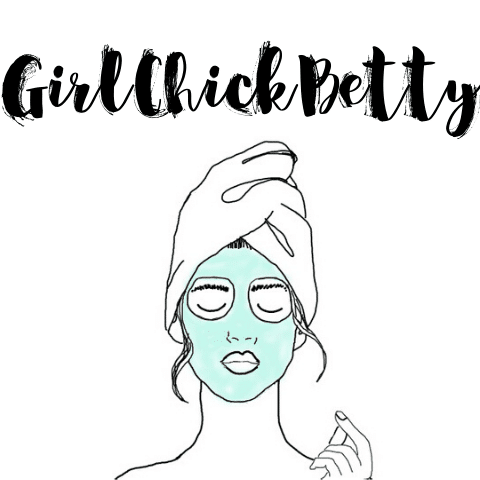It happens to the best of us, the temptation grows too strong and we squeeze a pimple (even though we know we shouldn’t). Pimples can occasionally become swollen and reddened after being squeezed instead of disappearing in a satisfying pop. Staring down a red and protruding blemish in the mirror is never a fun time; here is how to get your skin back on track!

How to Heal a Swollen and Red Pimple
The first step in treating a swollen blemish is to cleanse the area and avoid putting any additional pressure on the pimple. Wash your face with a gentle face cleanser to remove any dirt and oil from the opened pore. Do not use any exfoliating products or scrubs as this may further aggravate the area and cause additional inflammation!
You can then apply ice wrapped in a tissue to soothe the redness, this will also help bring down the swelling. If you have a facial roller you can place it in the freezer for a few minutes and then gently roll the area for a mess-free cooling effect.
This article contains affiliate links; if you purchase a product through my link it will send some spare change my way to keep this slice of the internet up and running.
Aftercare for an Inflamed Blemish
It’s important to continue paying special attention to the aggravated or swollen area for a few days after any attempts to impersonate Dr. Pimple Popper to prevent scarring and ensure a speedy recovery.
Resist the urge to further squeeze the pimple! Swelling that occurs after a picking session is a sign that the pus and sebum inside of the pimple have been forced deeper into the follicle, instead of exiting the skin as you may have expected. Time is the best medicine but there are a few things you can do to ensure a smooth recovery:
- Apply hydrocortisone cream to reduce inflammation and soothe the area. These can be found at any drugstore, and I highly recommend the Aveeno 1% Hydrocortisone cream. It also contains oat kernel oil and oat kernel extract which are both highly soothing ingredients.
- Stop the temptation to further pick at the area by applying an acne patch or hydrocolloid patch like this. These patches absorb excess fluids, prevent bacteria from entering the wound, and prevent any accidental picking.
- Do not use any chemical exfoliants or physical scrubs during the healing process. You may accidentally reopen the wound and further aggravate the skin which can lengthen the healing process or even risk a scar forming.
- Avoid applying makeup or concealer to the area until a layer of skin has healed over the wound. If you try to conceal the pimple while it’s still fresh it can get into the inflamed follicle and make things even worse.

Speeding up Healing of Inflamed Pimples with Acne Patches
Acne patches and hydrocolloid patches are a fast and easy way to conceal breakouts and help move the healing process along faster. These inexpensive patches are made of an opaque gel that clings to the skin. Some have active ingredients infused into the patch to target acne-causing bacteria, while some are made of plain hydrocolloid which is a great option for PM skincare routines. They can also be worn during the daytime, they’re actually very hard to notice as you can see in the photo above.
These patches gently absorb excess fluids like pus and sebum from the blemish and keep bacteria out. They also prevent any accidental picking, you’d be surprised how much scratching happens in your sleep! I personally use the PanOxyl Overnight Spot Patches, they’re sold at most drugstores and can also be found online here.
Do MicroNeedling Patches Help Reduce Swelling?
There are dozens of acne patches that are specially formulated to target redness and swelling. For instance, Dr. Jart’s Micro Tip Blemish Patches are filled with niacinamide and turmeric which both help soothe redness and inflammation. These patches have dozens of micro tips that help penetrate the skin and distribute active ingredients deeper into the skin.
Watch the video below for a closer look at these microneedles:
The I’m Cure Patch from Korean brand Karatica is another stellar formula for treating red and swollen blemishes. These microneedle acne patches are formulated with Centella Asiatica which is one of the best ingredients available to treat breakouts. I’ve created a detailed guide on how to use Centella Asiatica for acne that you can find here. This patch also contains other healing ingredients like niacinamide, salicylic acid, and peptides!

How to Prevent Swelling when Popping Pimples & When is it Safe to Pop a Pimple?
You can avoid most of the gory aftermath of popping blemishes by carefully choosing your pimple popping battles. The safest time to pop a blemish is if there is a visible white or black head to the blemish. If the blemish is deep under the skin, or it’s painful to the touch, this is likely going to become swollen and red if you attempt to pop it. If you can’t see a head as shown on the left-hand side of the diagram below, then leave it alone!
Instead of trying to extract it, you can use many of the same methods I recommended for the aftercare of a squeezed blemish. Microneedle patches, using ice on the area, and Hydrocortisone cream are all just as effective at healing a stubborn comedone. There is also far less risk of acne scarring if you treat the area instead of aggravating it by squeezing.
Recent Posts
There are two new sunscreens on the block and the lovely folks over at Kinfield gifted some tubes for me to to test out so I can share a skincare deep dive with y'all! This post contains affiliate...
Trying to find a sunscreen formulated without glycerin is no easy task! I've researched hundreds of sunscreen formulas while writing for this blog and it's shocking how extremely few glycerin-free...
